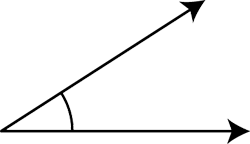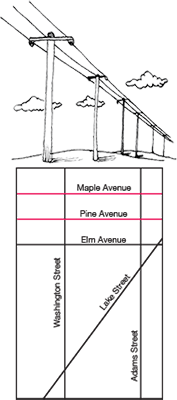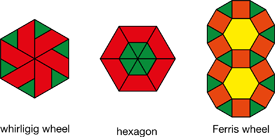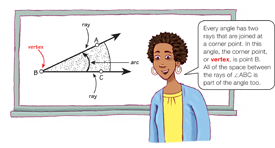Students practice the skills and concepts covered in Lessons 1–5. They practice identifying acute, obtuse, and right angles; drawing and naming lines, rays, and line segments; and estimating angle size using benchmark angles. They estimate, measure, and then find the sum of the measures of the angles meeting at a point (vertex) in tessellations.
Content in this Lesson
- Classifying acute, obtuse, and right angles [E2].
- Identifying and naming rays, line segments, and lines [E3].
- Drawing rays, line segments, and lines [E3].
- Drawing and identifying intersecting, perpendicular, and parallel lines [E4].
- Estimating the size of angles using benchmark angles of 90°, 180°, and 360° [E11].
- Estimating the size of angles in degrees [E11].
Assessment in this Lesson
| Assessment | Expectation Assessed |
|---|---|
|
Practice with Angles and Lines |
|
























